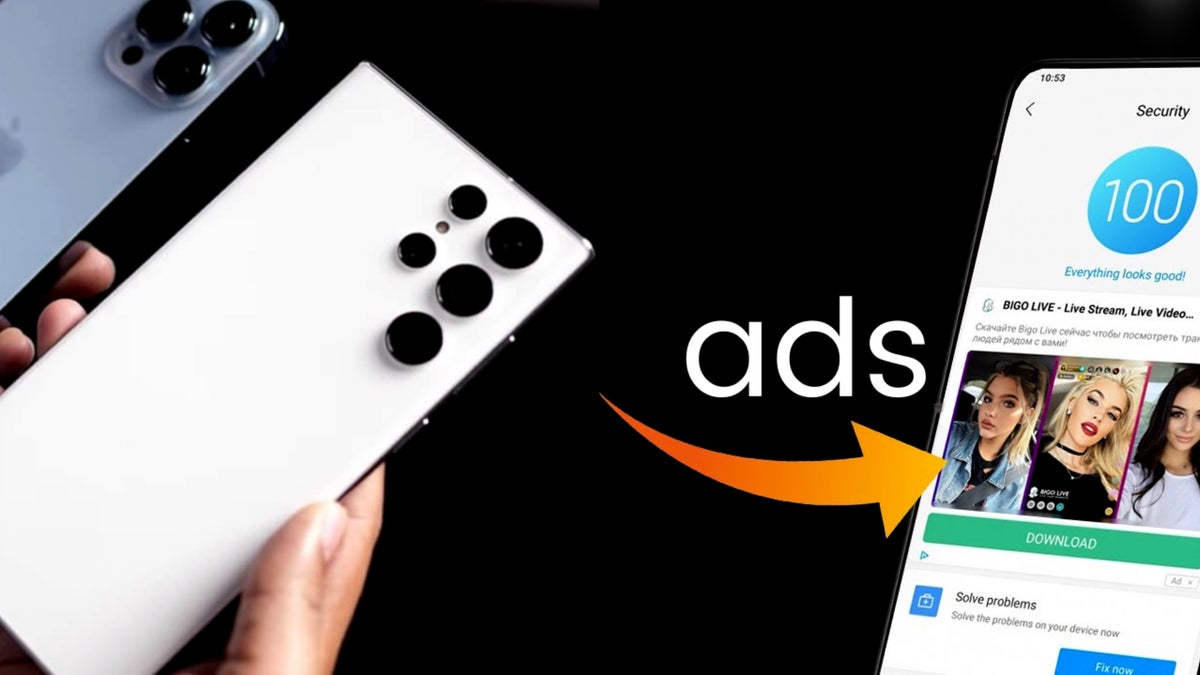
Inflation! Could Apple and Samsung bring ads to your iPhone and Android or make you subscribe to it?
Fine, I might’ve made the latter two “economic terms” up, but I might as well submit them to the dictionary because they feel real! It’s the world we live in right now…
has turned into the backbone of today’s Internet because it quite literally helps to keep websites alive. They’re businesses, after all! Online advertising includes product listing ads, display ads, demand-side platform ads, affiliate ads, native ads, social media ads, video ads, and email ads. You see them when you’re trying to book a holiday, and you see them on YouTube (they are the reason YouTube is free).
The poll is waiting for you at the bottom of the page: Would you agree to have ads on your Android or iPhone’s lock screen if that makes it cheaper?
Of course, today, we’ve replaced most websites with their dedicated apps, so we can easily access them on our smartphones. With that, ads have also made their way into the apps we use. It could be Facebook and Instagram trying to sell you a new pair of Nikes or your favorite game trying to get you to download another game – it’s all ad space that other businesses buy and use to flourish…
To summarize: Websites with ads – normal; apps with ads – also normal; TV channels with ads – duh!; YouTube ads – sure.
But what if your iPhone or Android phone, which you’ve already paid in full, also showed you ads throughout the system? Yes, that’s a thing! Oh, and yes, it’s already been happening for years. But will it reach your phone?
Let’s see…
Android phones with ads exist and they can be annoying: Samsung, Redmi, Poco, Realme…
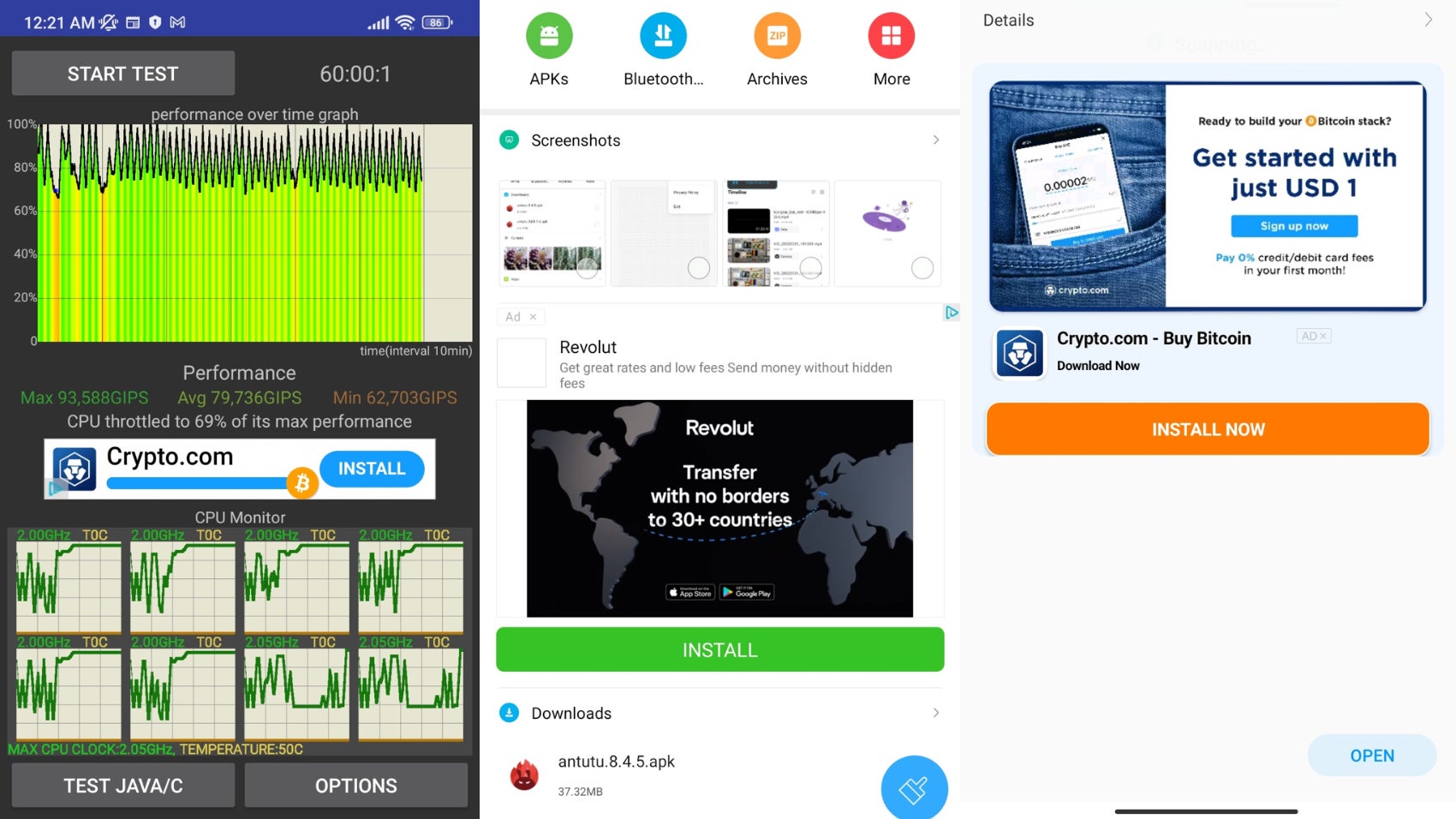
Ads/recommendations in the European version of the Xiaomi Redmi Note 11. Screenshots courtesy of GSMArena.
The reason I even decided to put this story together in the first place was a YouTube video I saw named “The Best Ad-free SmartPhone Under 20,000 (INR)”. It turns out this was a little clickbaity since ad-free phones weren’t really the focus of the video, but the idea is that nearly 100,000 (Indian) viewers clearly cared enough to click and watch.
That’s because many budget and mid-range phones in parts of Asia, including India and China, come with ads!
If you’d like to gain a better understanding of which phones come with what kind of ads in India, you can check out this helpful video by Geekyranjit, who’s a fellow smartphone enthusiast with many years of experience.
But in a nutshell, although budget and mid-range phones from brands like Nokia and Motorola come without ads and mostly without any bloatware (pre-installed apps and services), phones from Realme, Poco (Xiaomi), Redmi (Xiaomi), and even Samsung don’t enjoy the same ad-free treatment in the Indian subcontinent.
According to Ranjit and Gadgets 360, the most annoying phones ad-wise come from Redmi (Xiaomi), which sells phones in Asia, but also in Europe. Ads on Redmi phones can be seen in the Music, Themes, File Manager, Downloads, and Security and apps. Ads are also present in the European/Global versions of MIUI – Redmi’s skin on top of Android 12, but interestingly not on all phones. For example, as discovered by our colleagues at GSMArena, the Redmi Note 11 Pro has no ads, but the Redmi Note 11 does.
Budget phones from Poco, Realme, and Samsung aren’t quite as bad in that regard, meaning they don’t necessarily show you “ads”. That being said, they do come with a ton of unwanted “nagware” in the form of notifications, pre-installed apps, browser pop-ups, and even new apps (that you might not necessarily want or need) that arrive with OTA updates.
The good news for Asian and European customers is that many of those ads/nagware notifications can be disabled. The bad news is that this isn’t something that the average person will know how to do, and even if they did, this would be far from a “one-click solution” – it’s not like putting your phone on silent.
Ads in iOS and Android: Apple and Samsung’s last resort for making phones cheaper?
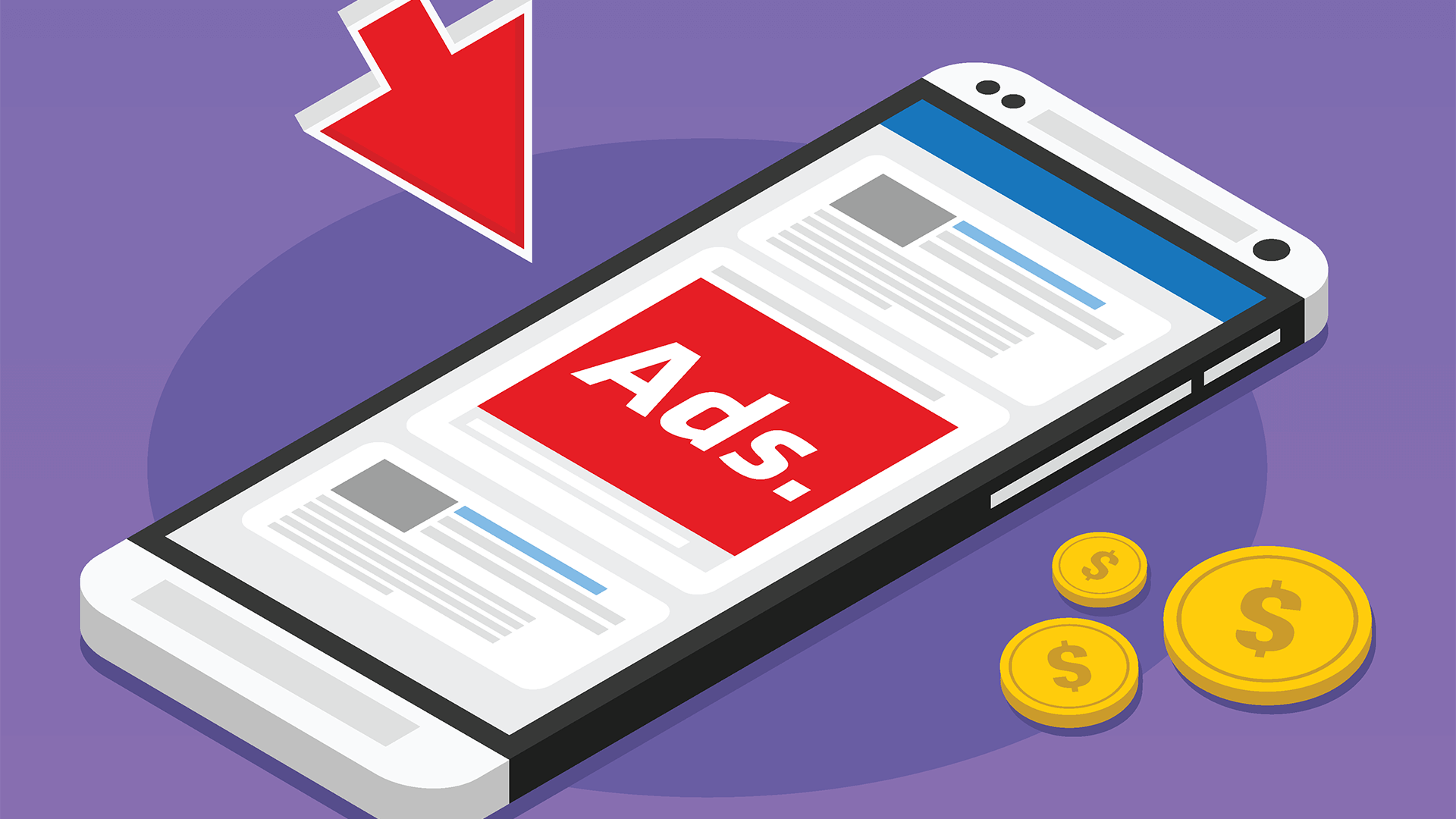
One reason that budget phones sold in Asia and some parts of Europe can contain ads is that they are… cheaper. Also, as it turns out, phone makers can get away with it.
Furthermore, it’s not like unwanted phone ads and notifications are (technically) forced upon customers because you quite literally agree to have them when you set up your phone. For example, that’s the case with budget Galaxy devices (mostly M-series) which ask you to create a Samsung account upon setup (which in return can overwhelm you with notifications later on).
Apple, Samsung, and Google phones already show you “ads” which might not necessarily look like “ads”
But what about “western” or flagship phones from brands like Apple, Samsung, Google, etc.? Well, even if you might not realize it, big manufacturers have found ways to monetize their software space even without showing you “in-your-face ads”.
For example, Samsung partners with Microsoft, which means every Samsung phone comes pre-installed with MS Office. Sure, pre-installed apps technically fall into the category of “bloatware” and, of course, can be uninstalled, but aren’t they a way of advertising a product/service? You do the thinking.
Apple, Samsung, and Google don’t have ads. They have ad workarounds.
Moreover, Samsung, Apple, and Google make sure they pump their phones with a ton of their own apps, which aren’t necessarily essential to the iPhone, Galaxy, or Pixel. For example, on iPhone, these apps are Music, Podcast, Mail, Maps, TV, Watch, and News, amongst others.
What is Glance, and is it about to bring ads to your Android flagship phones in the US and/or elsewhere?
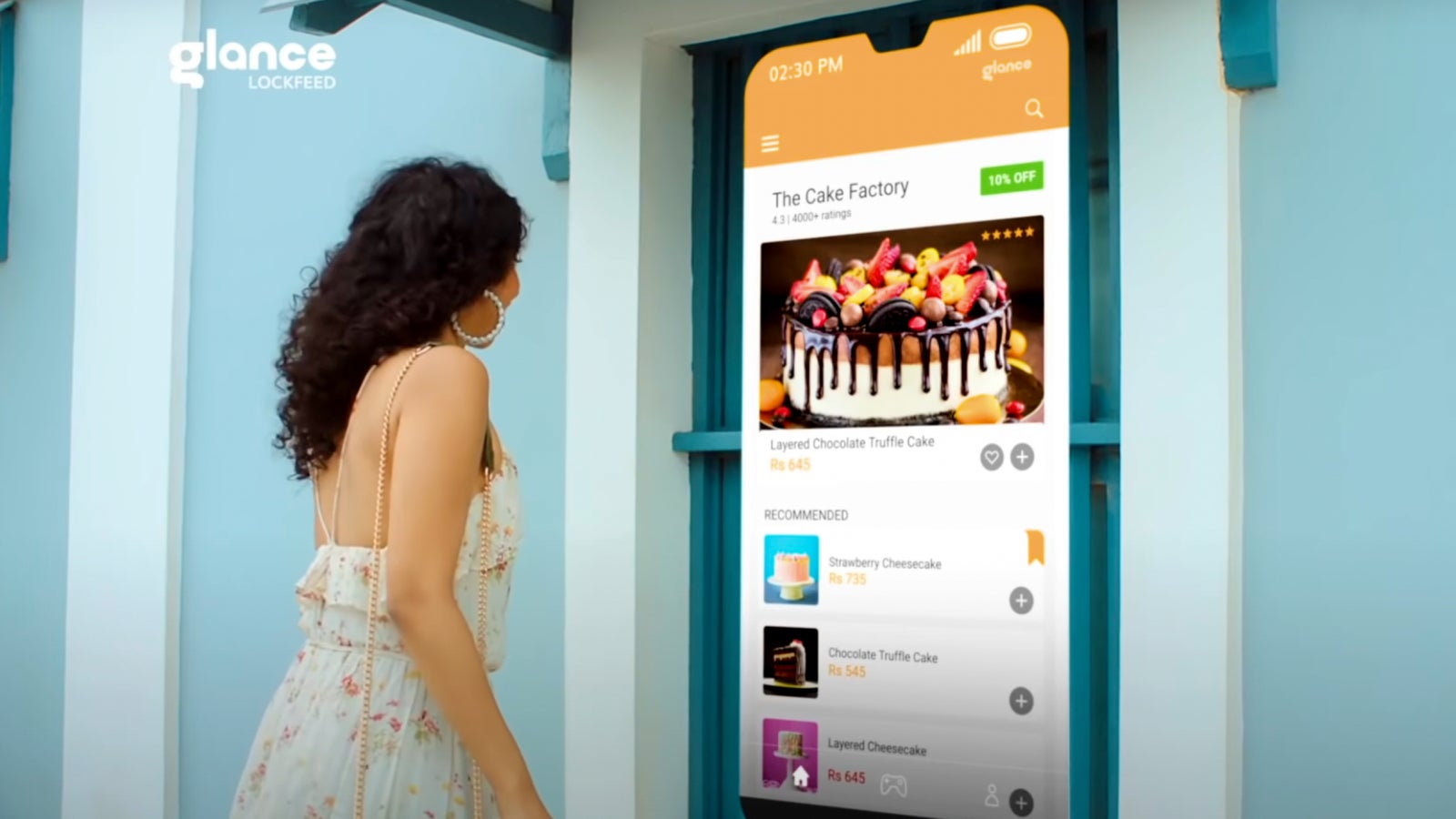
Want some cake? Glance’s got you!
In case you’ve missed it, Google-backed Glance might soon bring ads to your Android lock screen. Glance is a service/app that brings different widgets alongside ads to your lock screen. It’s backed by the InMobi group, an Indian multinational mobile advertising technology company, which is reportedly in talks with US carriers to bring Glance to the US.
As Adrian mentioned in our news story, these are ads that might be served right on the lock screen of “several smartphone models by next month”, according to an anonymous source on the inside cited by the always reliable publication TechCrunch.
Interestingly, the folks from Glance were quick to respond to the news. Reportedly, the company has confirmed that its services are indeed headed to the US. However, Glance also wanted to clarify that it isn’t looking to equip phones with an “ads platform”.
Glance is valued at $2 Billion and has had over 100 million active users since its emergence in 2020.
In the end: Would you agree to have ads on your Android or iPhone’s lock screen if that makes it cheaper?
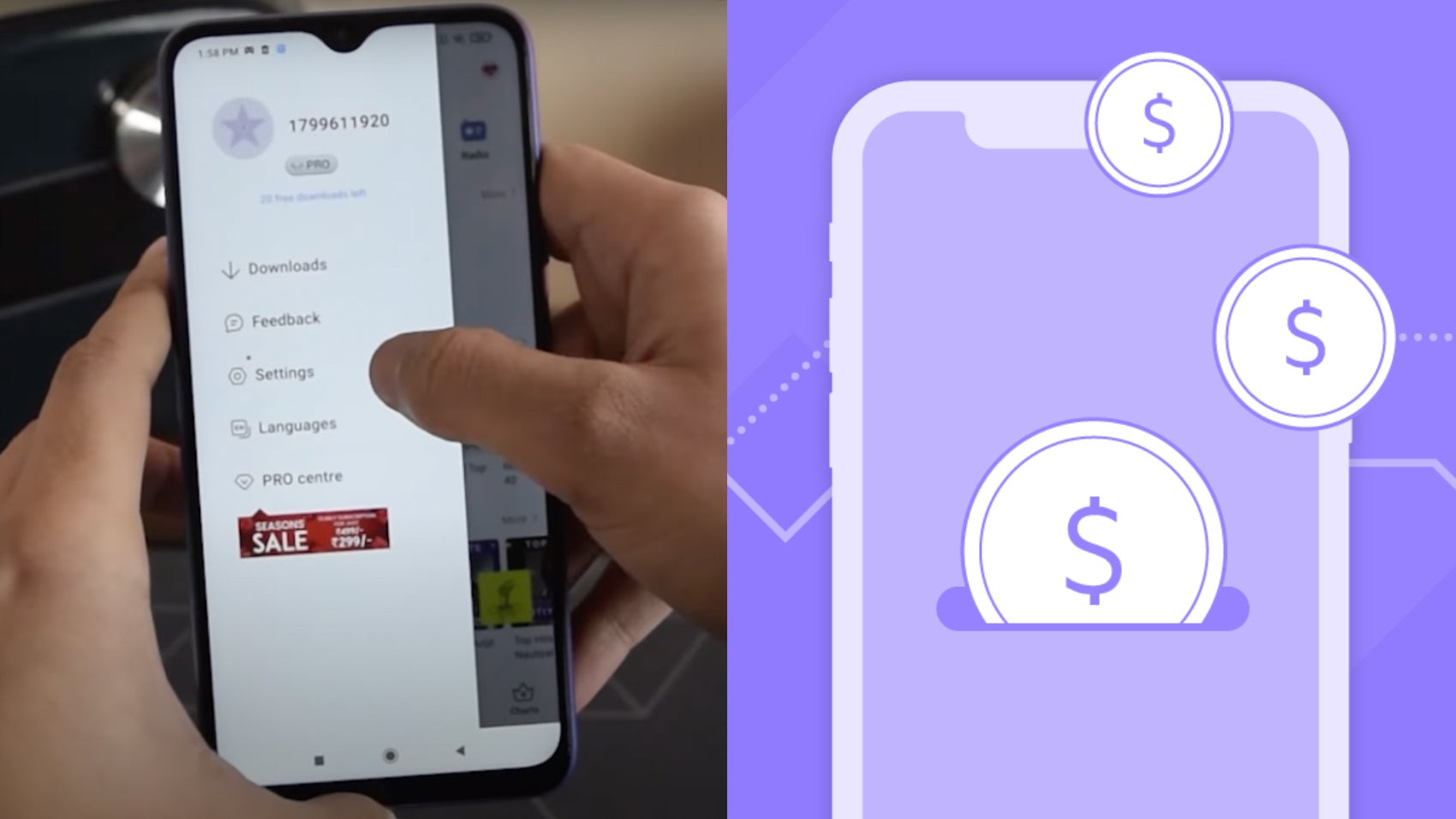
Hey, perhaps it can work as a Spotify subscription or as YouTube? You see some ads which you can ignore, but that brings the price of your Galaxy S23 down by $100? Or it keeps Apple from increasing iPhone prices…
And speaking of subscription services, you might soon be able to subscribe to your iPhone. You’re reading this correctly.
According to long-time tipster Mark Gurman, Apple’s apparently gearing up to launch a subscription program for iPhone buyers, which means that you soon might be able to pay for your iPhone the same way you pay for your Apple Music or Spotify subscription. According to Gurman, the iPhone subscription service would be different from standard “installment-based plans” because it’d come at a fixed monthly fee, based on the iPhone model you choose to “subscribe” to, as opposed to on its “buy now” hardware value.
“The Apple business model is shifting from one that maximizes hardware shipment growth to one that maximizes installed base monetization.”
Erik Woodring, cited by Bloomberg
To make the programme more appealing, it’s expected that Apple will combine the hardware subscription service with its existing paid services like Apple Music, Apple TV, iCloud, and even AppleCare. To me, this supposed subscription plan for iPhones sounds like a replacement for Apple’s existing iPhone upgrade program, but we’ll see. Gurman says that the services should launch sometime in 2023.Anyway, whether it’s ads that might fill up your lock screen or new forms of hardware subscriptions for your iPhone or Android, it seems like that might be the direction we’re moving into.
Loans, monthly plans, and subscriptions have been people’s preferred way of spreading costs for a while, but the current economic situation is as tricky as it’s been. Furthermore, we’re just much more willing to subscribe to something rather than to pay in full for it. Sure, Netflix is losing subscribers, but that’s because you can share your Netflix account. You won’t be able to share your iPhone with someone, will you?
